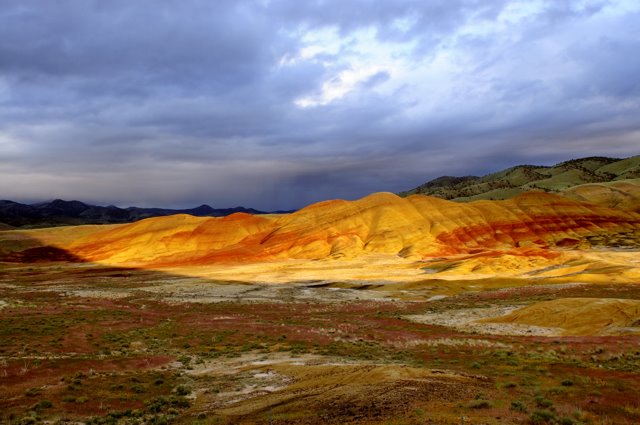 Which camera bag should you use? There are four camera bags in this shot. A little white bag for the Kodak EasyShare V1253 that I took this picture with, and three others of various sizes and capacities.
Which camera bag should you use? There are four camera bags in this shot. A little white bag for the Kodak EasyShare V1253 that I took this picture with, and three others of various sizes and capacities.The little white bag is fine for one little camera and an extra battery and memory card two. Toss in a pocket and get out there.
My favorite bag is a LowPro Slingshot. Bottom right. This bag has a single shoulder strap that goes over the right shoulder. It allows the bag to be carried on the back most of the time but swung around the front when needed. The bag is large enough for all the lenses I normally use plus most of the extras I might need for short trips away from my vehicle. I does not have a place for my big 500mm sigma, and there is no place for water bottles and granola bars.
The small bag at the lower left contains my back up Nikon D-70. It has everything for that camera handy and ready to go. I let my grandsons use this bag and camera when we go shooting together. I also keep this camera handy as it has the infrared remote capability that my larger D-300 does not have. I use this when I want to set my camera in a remote site to capture birds but I don't what to be too close myself. I can use the remote to activate the shutter from a distance. I have been successful with this beyond 100 feet.
The big LowPro at the top is my workhorse bag. When completely outfitted, I can be out all day and night in any weather. It has room for all my lenses, an extra camera body, filters, batteries, water bottles, granola bars, gps, mini digital recorder, notebooks, pens, and just about anything else you might want to carry along. I've even carried a little scout mess kit and tiny coleman stove and fuel cell.
I've just completed equipping this bag for long days in the desert where I am now. The weather has been rainy but that's about to end. This bag will allow me to carry enough water for a days photography so long as I go slow and don't over work physically. I can take my extreme wide angle lens, my macro lens, and my big 500mm telephoto. This will allow me to work landscapes, desert flowers, cactus plants, and any wildlife that I encounter.
What am I doing here? I need to get going!
Happy shooting!
